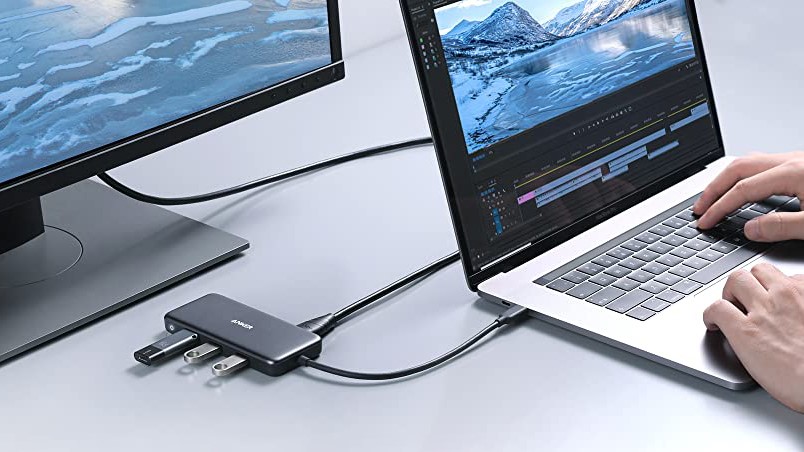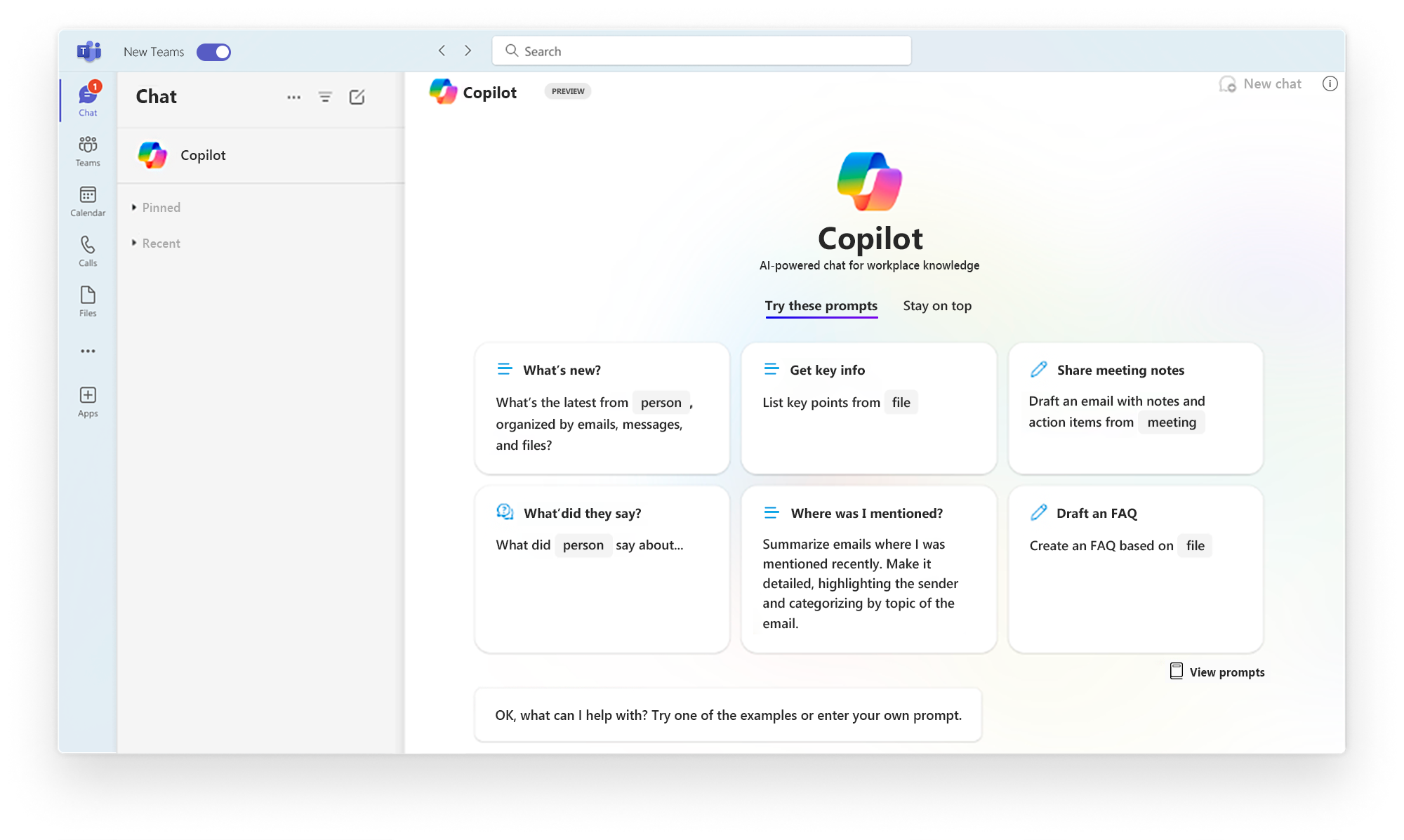Windows 11 could get next-gen USB4 Version 2.0 support with speeds of up to 80Gbps
Windows 11 accelerates connectivity with USB4 Version 2.0 at 80Gbps

Windows 11 could soon benefit from super-fast USB devices, as Microsoft is currently testing support of a new 80Gbps USB standard.
This will be the successor to USB4, capable of delivering data transfer speeds of up to 80 Gbps (doubling USB4’s speed) and is known as USB4 Version 2.0. The preview was released through Microsoft’s Dev Channel in the Windows Insider Program, Microsoft’s own community for professionals and Windows enthusiasts to try out new features and versions of Windows OSs and provide feedback.
The testing will be constrained to a very, very limited number of users for now because to facilitate this USB speed standard, your PC will have to have one of Intel’s most cutting-edge processors, the Intel Core 14th Gen HX-series mobile processors.
This line up of processors was only just announced at CES 2024 on January 8, so very few users will have access to them in the present.
As Microsoft details in its Windows Insider Blog, this is the first substantial update to the USB4 standard, doubling USB transfer speeds from 40Gbps to 80Gbps. Here’s what Microsoft had to say, expanding on what this development will mean for future devices:
This is the first major version update of the USB4 standard and increases performance to 80Gbps from 40Gbps. It enables the next generation of high-performance displays, storage, and connectivity. It is fully backwards compatible with peripherals built for older generations of USB and Thunderbolt and works alongside all other USB Type-C features.

What else Microsoft is testing out right now?
The Windows 11 Preview Build 23615 offers testers a crop of new features including USB4 Version 2.0. One other introduction besides the USB speed upgrade that Microsoft is looking into is launching Copilot automatically when Windows 11 starts up, specifically for widescreen devices (no specifying exactly what qualifies as wide enough for this). Windows observers don't seem so hot on this prospect, and it seems like Microsoft knew this was likely and provided instructions on how to disable it: Settings > Personalization > Copilot.
Get daily insight, inspiration and deals in your inbox
Sign up for breaking news, reviews, opinion, top tech deals, and more.
In this build, Microsoft also added apps that you can share URLs directly to via the Windows share window, namely WhatsApp, Gmail, X (formerly Twitter), Facebook, and LinkedIn. If you’d like to try this in Microsoft Edge, for instance, you do have to first enable the Share button as it’s disabled by default. You can do this by going to the three dot icon in the top right of Edge, going to Settings, scrolling down to “Select which buttons to show on the toolbar:” and toggling on for the Share button to be displayed.
Then, you’ll need to highlight or copy the link you want to share, and then click the Share button to the right of the address bar (which will be grayed out at first but then darken when you’ve selected a link).
While the above build is still being rolled out to Windows Insiders in the Dev Channel, these new features will also be made available through a gradual rollout in Beta build 22635.3061 via the Beta Channel of the Windows Insider Program. Users who install this build will need to turn the toggle on to enable the new features if they’d like to try them. Thurott.com has detailed this and more features and preview build versions that have just been released that Windows Insiders can try out now.
It’ll be a little while before we start seeing the effects of the USB4 Version 2.0 standard and you’ll have to get one of the newest Windows PCs available to see it for yourself. It sounds very promising and will likely improve users’ experiences when USB4 Version 2.0 devices and accessories start to roll out.
YOU MIGHT ALSO LIKE...
Kristina is a UK-based Computing Writer, and is interested in all things computing, software, tech, mathematics and science. Previously, she has written articles about popular culture, economics, and miscellaneous other topics.
She has a personal interest in the history of mathematics, science, and technology; in particular, she closely follows AI and philosophically-motivated discussions.